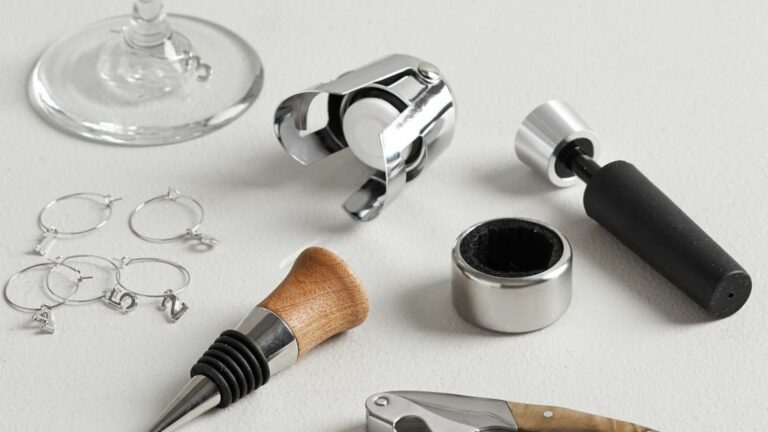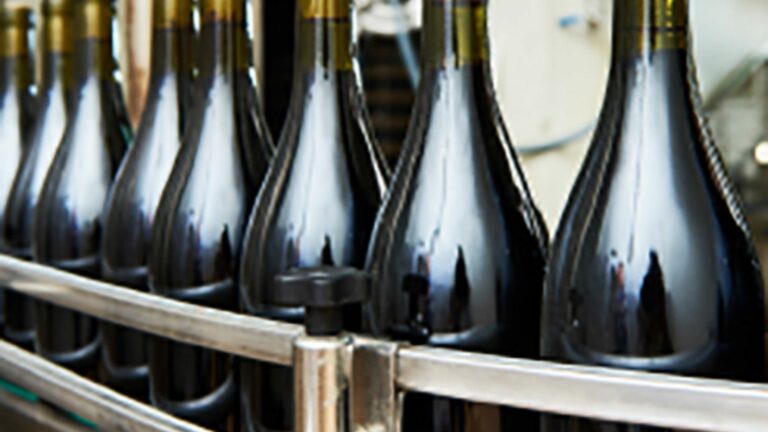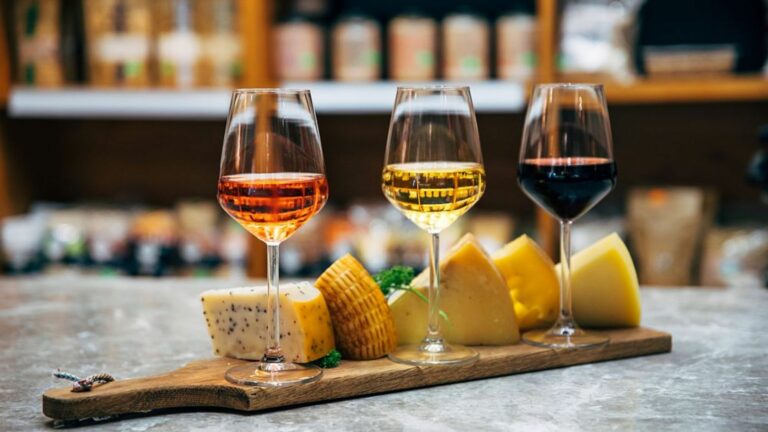Wine tasting holds a timeless allure, inviting enthusiasts into a world of sensory exploration and appreciation. Whether you’re a budding connoisseur or simply eager to expand your palate, understanding the fundamentals of wine tasting can enhance your enjoyment and deepen your appreciation of this ancient beverage. From assessing the color and clarity to unraveling the complexities of flavor and aroma, each step in the tasting process offers a glimpse into the rich tapestry of a wine’s character. Let’s embark on a journey of discovery as we explore expert tips for mastering the art of wine tasting.
The Importance of Sight: Assessing the Color and Clarity
Observing Color Variations
The journey of wine tasting begins with a visual assessment of the wine’s appearance. Hold your glass up to the light and observe the spectrum of colors—from pale straw to deep ruby. Reds may range from translucent pink to opaque crimson, while whites can exhibit shades of yellow, gold, or green. These hues offer valuable insights into the grape varietal, age, and winemaking techniques.
Evaluating Clarity and Sediment
In addition to color, clarity plays a crucial role in assessing wine quality. A clear and luminous appearance suggests meticulous winemaking practices and proper filtration. Conversely, cloudiness or sediment may indicate natural processes such as aging or minimal intervention. Take note of any particles or sediment suspended in the wine, as they can provide clues about its age and evolution.
The Art of Swirling: Enhancing Aromas and Oxygenation
Unlocking Aromatic Complexity
Swirling your wine in the glass isn’t just a ritual—it’s a vital step in unlocking its aromatic potential. As the wine coats the sides of the glass, volatile compounds are released, creating a symphony of aromas. Engage your senses as you inhale deeply, allowing the bouquet to captivate your olfactory senses. Note the intensity and complexity of the aromas, which may range from fruity and floral to spicy and earthy.
Aerating for Optimal Flavor
Beyond enhancing aromas, swirling also introduces oxygen into the wine, a process known as aeration. This gentle infusion of air softens harsh tannins in red wines and promotes the development of complex flavors and textures. Take your time to swirl the wine slowly and deliberately, allowing it to breathe and evolve in the glass. With each swirl, you’ll unlock new layers of depth and character, enriching your tasting experience.
Nosing: Unraveling the Bouquet
Engaging the Olfactory Senses
With the wine adequately aerated, it’s time to bring the glass to your nose and delve into its aromatic tapestry. Take a series of short, deliberate sniffs, exploring the nuances of the bouquet. Reds may exude notes of ripe berries, spices, or leather, while whites may offer hints of citrus, stone fruits, or floral blossoms. Allow the aromas to transport you to vineyard landscapes and distant terroirs, igniting your imagination and anticipation.
Identifying Aromatic Components
As you nose the wine, focus on identifying specific aromatic components that contribute to its overall character. Is there a predominant fruit profile, such as blackberry or apple, accompanied by secondary notes of vanilla or oak? Take note of any subtle nuances or ephemeral scents that emerge with each inhalation, revealing the wine’s complexity and depth.
The Palate: Exploring Flavors and Texture
Savoring the First Sip
With anticipation building, take a small sip of the wine and allow it to envelop your palate. Note the initial impressions of flavor, acidity, and texture as they dance across your taste buds. Reds may reveal a symphony of dark fruits, spices, and earthy undertones, while whites offer a refreshing interplay of citrus, stone fruits, and minerality.
Assessing Balance and Structure
As you continue to taste, consider the wine’s balance and structure—the harmonious interplay of its components. Is the acidity refreshing and well-integrated, providing a lively backbone to the wine? Are the tannins supple and velvety, contributing to a smooth and lingering finish? Pay attention to the overall mouthfeel, noting whether the wine is light and crisp or full-bodied and opulent.
Evaluating the Finish
The culmination of the tasting experience lies in the wine’s finish—the lingering impression it leaves on your palate after swallowing. Is the finish brisk and refreshing, with vibrant acidity cleansing the palate? Or does it unfold slowly, revealing layers of complexity and nuance that linger long after the wine has been consumed? A prolonged finish often indicates superior quality and aging potential, inviting you to savor the moment and reflect on the wine’s journey from vine to glass.
Assessing Quality: Balance, Complexity, and Length
Striving for Balance
In the pursuit of wine excellence, balance is paramount. A well-balanced wine showcases harmonious integration of its components—fruit, acidity, tannins, and alcohol—creating a seamless and pleasurable tasting experience. Avoiding extremes, strive for equilibrium in every sip, allowing each element to shine while complementing the whole.
Seeking Complexity and Depth
Beyond balance, complexity elevates a wine from good to exceptional. Explore the layers of flavors and aromas that unfold with each sip, revealing the wine’s depth and sophistication. From subtle nuances to bold expressions, embrace the complexity that distinguishes great wines and fuels your passion for exploration.
Savoring the Length of the Finish
As you savor the wine’s finish, pay attention to its length—the duration of flavors that linger on your palate after swallowing. A prolonged finish indicates quality and craftsmanship, reflecting the wine’s depth, intensity, and aging potential. Embrace the moments of lingering pleasure, allowing the wine to leave an indelible impression long after the last drop has been savored.









